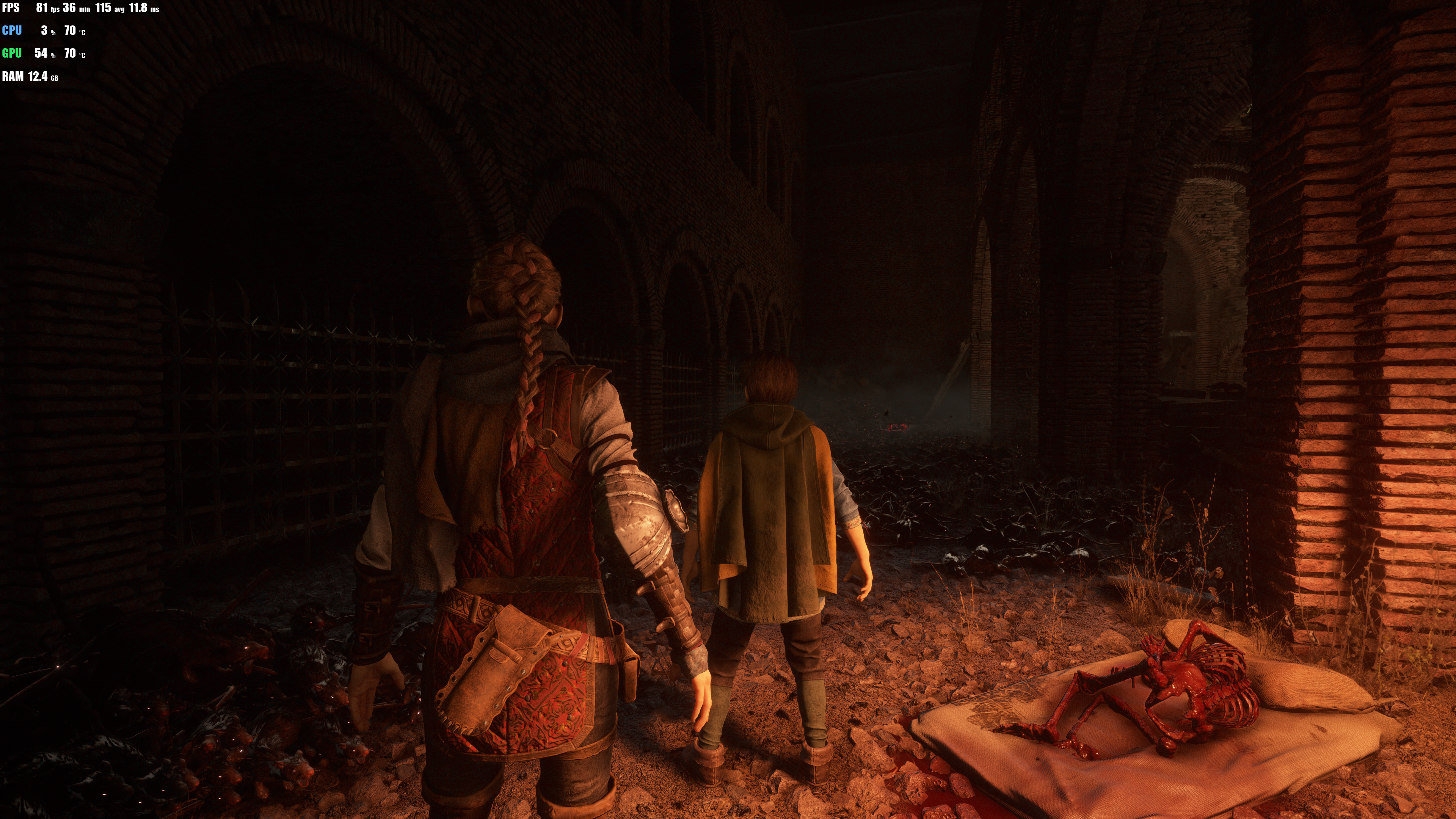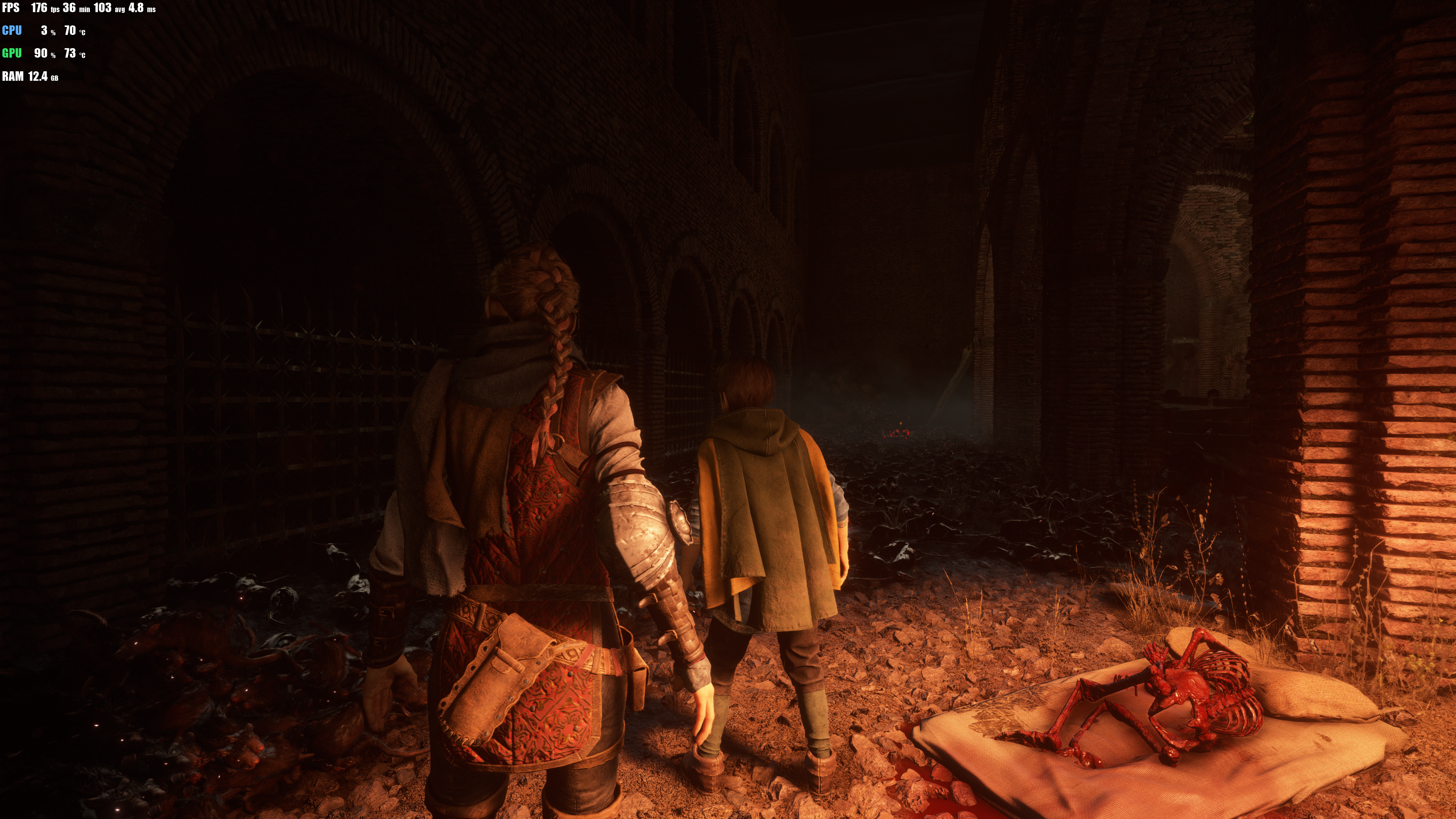Drell
Member
Light simulation has always been what makes games look next gen to me. I don't care about refresh rates superior to 60hz and any resolution higher than 1080p so I hope that when I change my GTX 1070, games will allow me to trade all of these things against complex geometry and good light simulation but not limited to just reflections.




